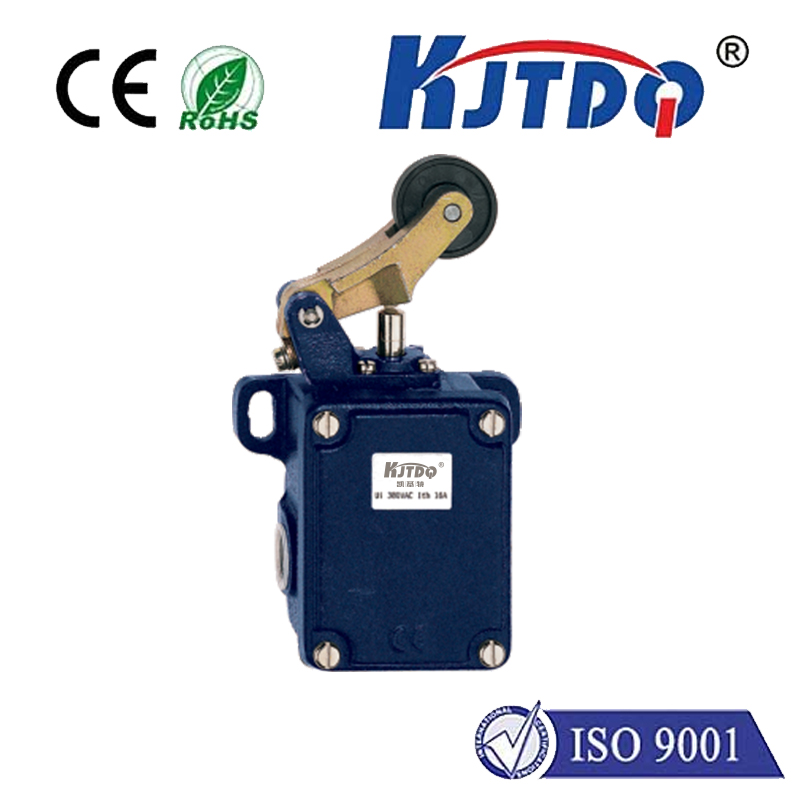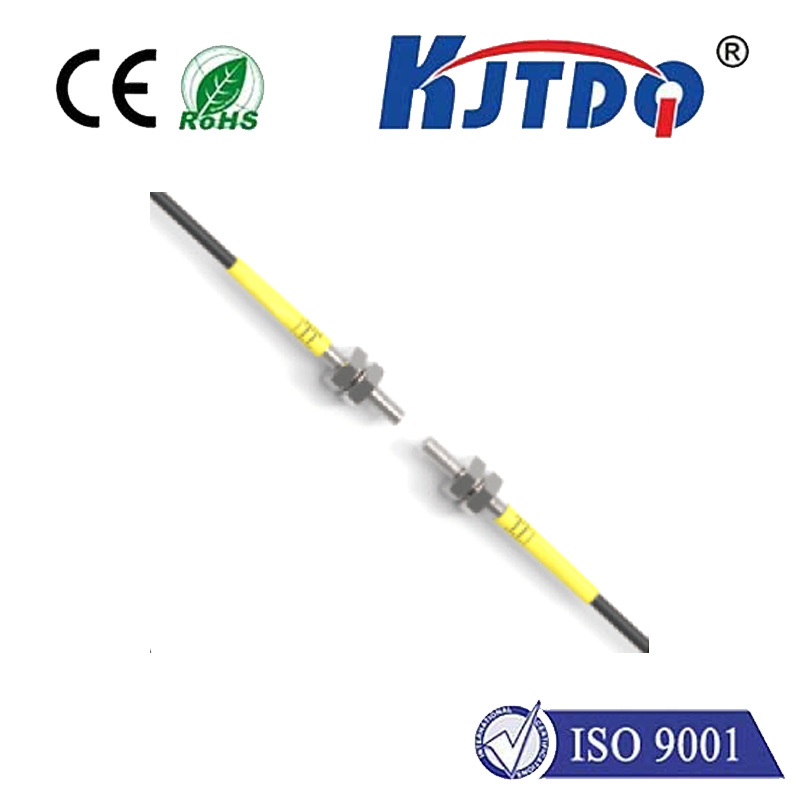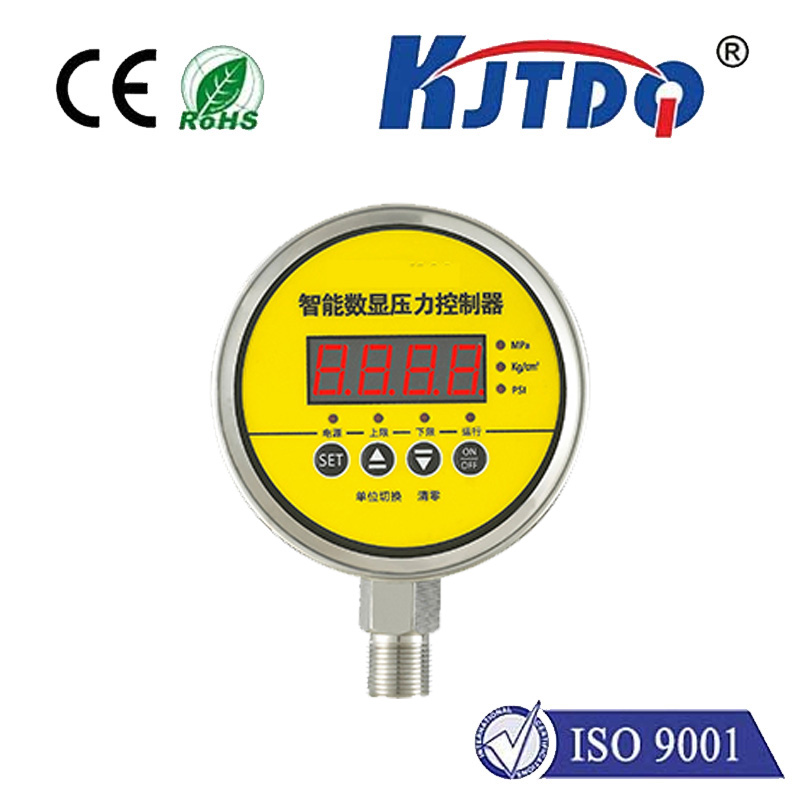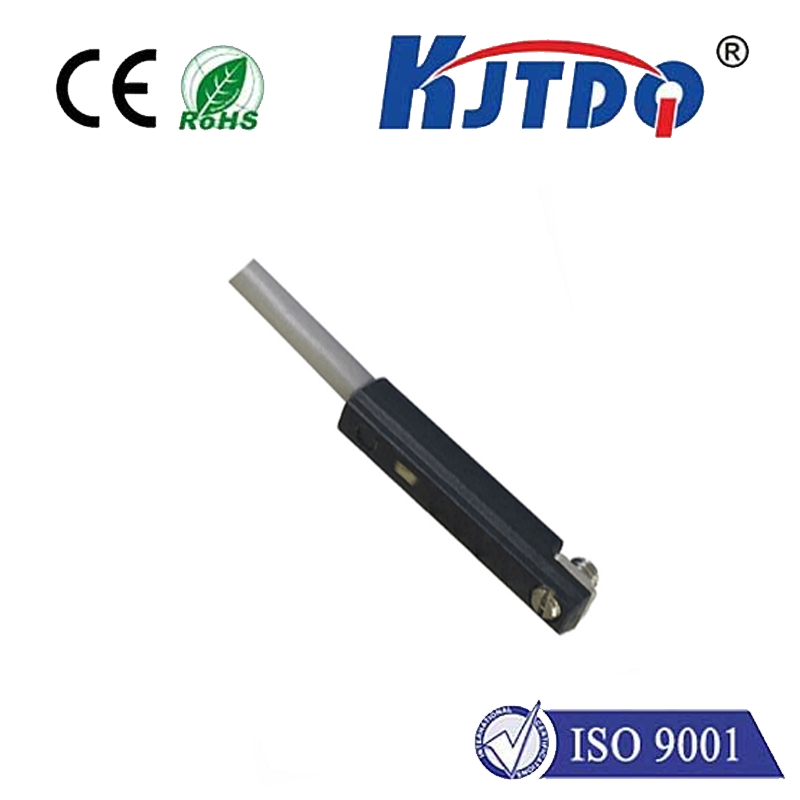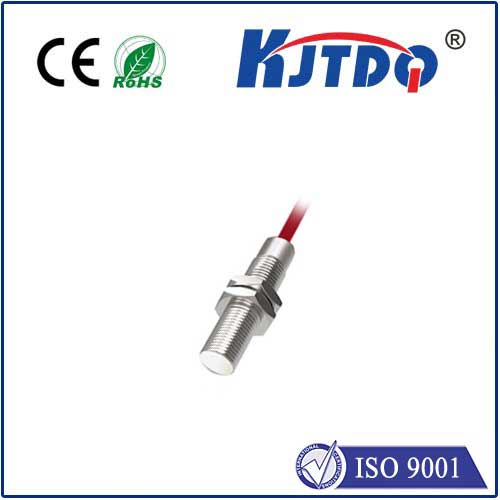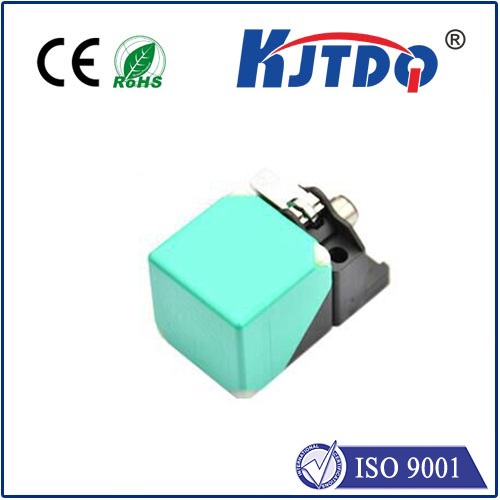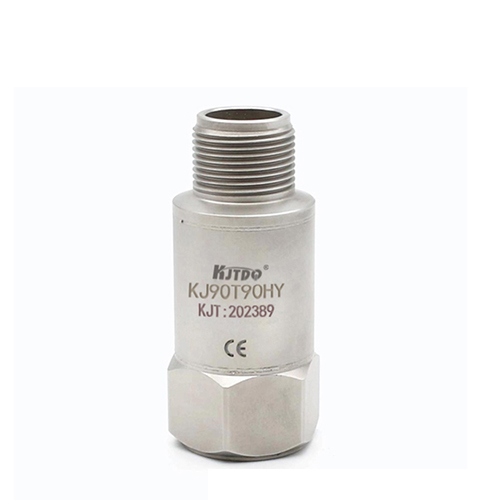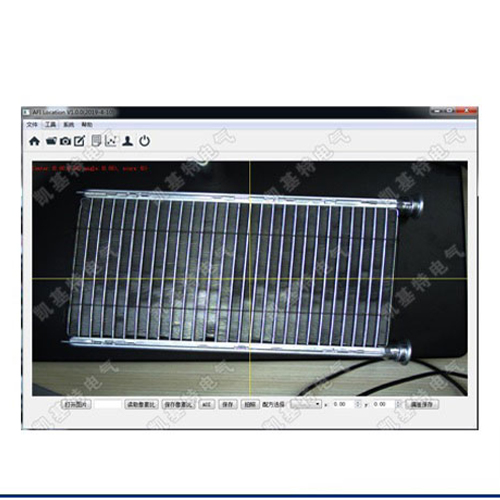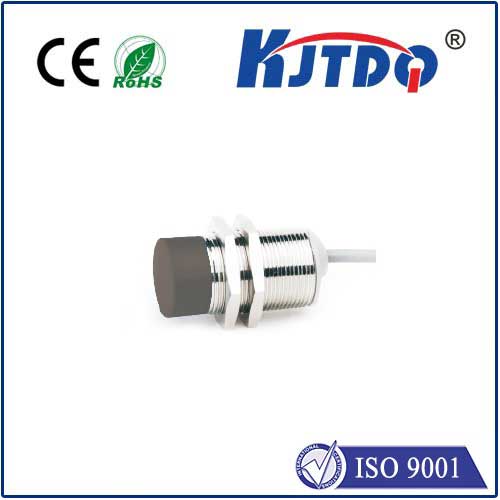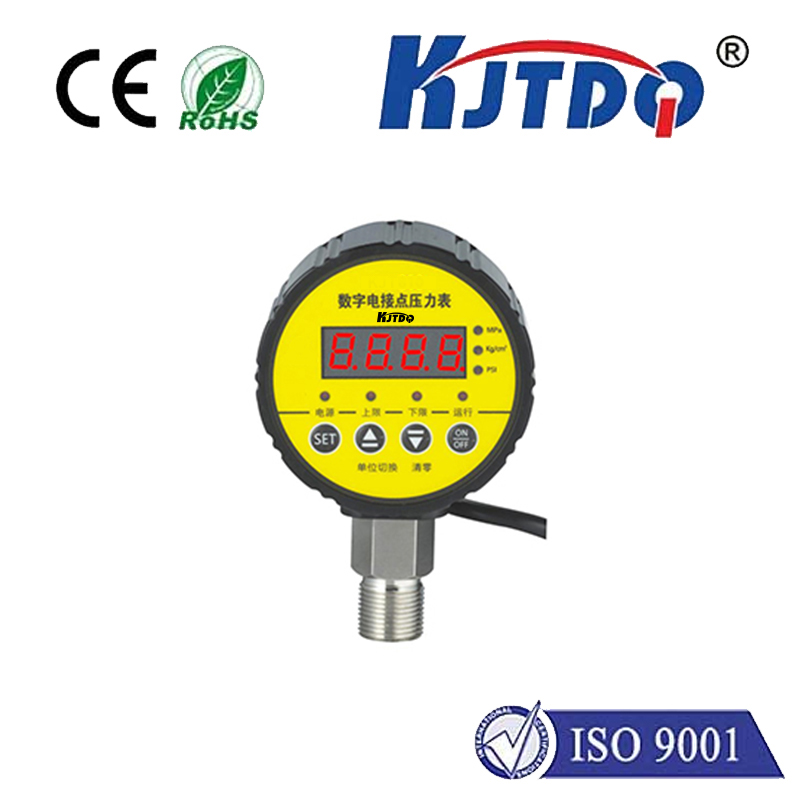miller furnace fan limit switch
- time:2025-08-06 11:48:28
- Click:0
Miller Furnace Fan Limit Switch: Your Hidden Guardian Against Overheating and Inefficiency
Imagine a frigid winter night. Your Miller furnace hums steadily, delivering warmth. But suddenly, you notice something off. The blower fan runs constantly, even when the burner shuts off. Or worse, it never seems to kick on at all, leaving the furnace cabinet dangerously hot. These frustrating, often alarming scenarios frequently point to one critical component: the Miller furnace fan limit switch. Understanding this unassuming device is key to maintaining a safe, efficient, and comfortable home environment.
What Exactly is a Furnace Fan Limit Switch?
Often referred to simply as the limit switch or “high limit switch,” this is a fundamental safety and control device located within your Miller furnace’s burner compartment or heat exchanger plenum. Its primary function is twofold:
- Safety First: Preventing Overheating: This is its most crucial job. The switch continuously monitors the temperature inside the furnace. If the temperature rises above a predetermined safe level (often due to restricted airflow, a dirty filter, failing blower, or other malfunctions), the high-limit function triggers immediately. It sends a signal to shut off the gas valve or burner, halting heat production to prevent potential damage to the heat exchanger, surrounding components, wiring, or even a fire hazard. This is non-negotiable safety.
- Fan Control: Optimizing Comfort and Efficiency: The second vital function is managing the furnace blower fan. When the burner ignites, the heat exchanger needs time to warm up. Turning the blower on immediately would blow cold air through the ducts. Conversely, letting the fan stop the instant the burner shuts off wastes residual heat trapped in the heat exchanger.
This is where the fan control aspect shines:

- Fan ON Delay: After the burner lights, the limit switch waits until the heat exchanger reaches a specific temperature (typically 100°F - 130°F) before signaling the blower to start. This ensures warm air is delivered from the vents when the fan starts.
- Fan OFF Delay: Once the thermostat is satisfied and the burner shuts off, the limit switch keeps the blower running for a minute or two (sometimes longer) to extract the remaining heat from the exchanger. This maximizes efficiency by utilizing heat you’ve already paid to generate and cools down the exchanger, prolonging its life.
How Does the Miller Furnace Fan Limit Switch Work?
At its core, the switch operates using a simple but reliable principle: a bimetallic element or temperature-sensing probe. As temperature changes, this element physically moves or changes electrical resistance. This movement either opens or closes electrical circuits controlling the burner and the fan motor.
- High Limit Circuit (Safety): This is usually a normally closed (NC) circuit. Under safe temperatures, the circuit is closed, allowing power to flow to the burner. When an overheat condition occurs, the element snaps open the circuit, cutting power to the burner.
- Fan Control Circuits (Comfort/Efficiency): These typically involve normally open (NO) and NC circuits triggered at different temperature thresholds:
- A lower temperature point closes a circuit to turn the fan on once the heat exchanger is adequately warmed.
- A higher temperature point (often the same as the burner shut-off point for this function) opens a circuit to turn the fan off after a cooling period. Some modern switches use electronic timers for fan delays instead of purely temperature-based points.
Why a Malfunctioning Limit Switch is a Big Deal
Ignoring problems with your Miller’s fan limit switch is risky and costly:
- Compromised Safety: A failed high-limit function is the most dangerous scenario. If it doesn’t trip during overheating, it puts your entire furnace and potentially your home at risk. Heat exchanger cracks, component failure, and fire become significantly more likely.
- Blower Fan Issues: A faulty switch often leads directly to erratic blower behavior:
- Fan Never Starts: If the switch doesn’t close the “Fan ON” circuit, warm air won’t circulate, overheating occurs rapidly, and the high-limit should (if working) shut the burner down – leaving you without heat.
- Fan Runs Constantly: Conversely, if the switch fails to open the “Fan OFF” circuit, the blower runs non-stop, wasting energy, drying out the air, and potentially overcooling the house after the burner cycles off.
- Fan Cycles On/Off Rapidly: Sometimes a failing switch causes the fan to start and stop erratically.
- Reduced Efficiency: Without the fan delay features, residual heat is wasted, forcing the burner to run longer cycles to maintain temperature, driving up your energy bills.
- Premature Wear and Tear: Constant overheating stresses the heat exchanger and other components, leading to cracks and expensive repairs. Constant blower operation wears out the fan motor faster.
Recognizing Signs of a Failing Miller Furnace Fan Limit Switch
Be vigilant for these indicators:
- Furnace overheats and shuts down frequently (short cycling), especially on very cold days.
- The furnace blower fan runs continuously, even when the burner isn’t active. Listen for the fan running long after the whoosh of the burner stops.
- The furnace blower fan doesn’t turn on at all, while the burner seems to ignite (you might hear it, but feel no warm airflow).
- The burner ignites, but shuts off very quickly (within seconds or minutes) before any significant heat builds up. This could be the high-limit tripping immediately due to failure or another problem causing rapid overheating.
- Visible damage or corrosion on the switch itself (requires professional inspection to see).
Maintenance, Troubleshooting, and Replacement
- Prevention is Best: The number one cause of limit switch problems is restricted airflow leading to overheating. Change your furnace filter religiously every 1-3 months (check manufacturer recommendations). Ensure all supply vents and return air grilles are open and unobstructed. Dirty blower wheels or blocked ductwork can also cause issues.
- Professional Diagnosis is Crucial: While understanding the limit switch is valuable, diagnosing a faulty one correctly requires expertise. Technicians use multimeters to test resistance and continuity at specific temperatures. Crucially, they must determine why the switch tripped – a faulty switch itself, or an underlying problem (like insufficient airflow) causing the overheating? Replacing the switch without fixing the root cause is ineffective and potentially dangerous.
- Replacement Specifics: If the switch is confirmed bad, it must be replaced with an OEM (Original Equipment Manufacturer) Miller switch or an exact functional equivalent specified for your furnace model. Limit switches are calibrated for specific temperature ratings. Using an incorrect switch compromises safety and function. Installation involves accessing the combustion chamber, requiring knowledge of gas and electrical systems – this is strictly a job for a qualified HVAC technician.
Your Miller furnace fan limit switch might be small and hidden from view, but its role as both safety sentinel and efficiency optimizer is immense. By respecting its function, performing regular maintenance (especially filter changes), and responding promptly to warning signs by calling a certified HVAC professional, you ensure this vital component continues to protect your investment, your home, and your comfort year after year. Treating it with care means your Miller furnace operates safely, efficiently, and reliably through countless winters.






